
Theodore Herman Albert Dreiser was an American novelist and journalist of the naturalist school. His novels often featured main characters who succeeded at their objectives despite a lack of a firm moral code, and literary situations that more closely resemble studies of nature than tales of choice and agency. Dreiser's best known novels include Sister Carrie (1900) and An American Tragedy (1925).
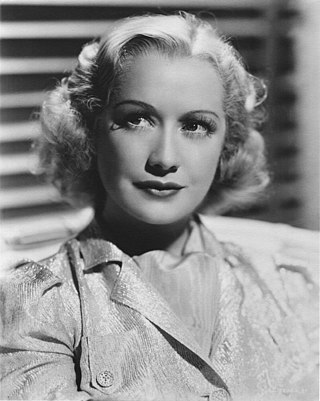
Ellen Miriam Hopkins was an American actress known for her versatility. She signed with Paramount Pictures in 1930.
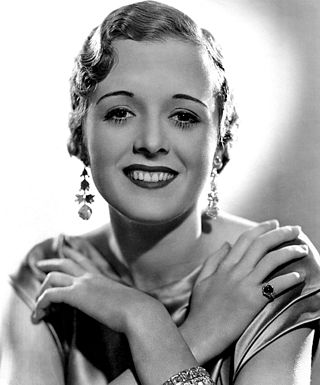
Mary Astor was an American actress. Although her career spanned several decades, she may be best remembered for her performance as Brigid O'Shaughnessy in The Maltese Falcon (1941).
The American Spectator was a monthly literary magazine which made its first monthly appearance in November 1932. It was edited by George Jean Nathan, though Eugene O'Neill, Ernest Boyd, Theodore Dreiser, and James Branch Cabell were also listed as joint editors. The original editors left the publication in 1935, after which the paper continued monthly publication under new editors until October 1936. The American Spectator lasted another six months on a bimonthly before folding altogether.

B. P. Schulberg was an American pioneer film producer and film studio executive.

Marceline Day was an American motion picture actress whose career began as a child in the 1910s and ended in the 1930s.
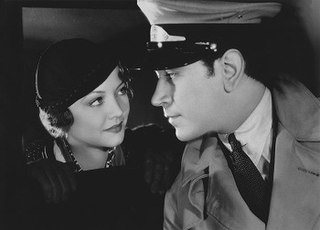
Pick-Up is a 1933 American pre-Code crime film directed by Marion Gering and starring Sylvia Sidney and George Raft.
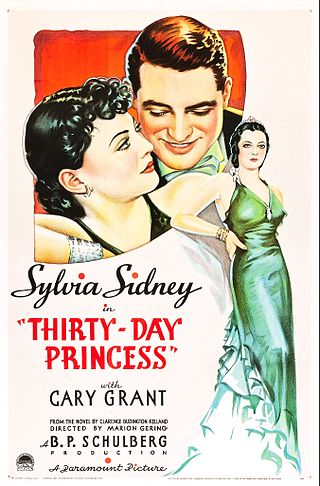
Thirty Day Princess is a 1934 pre-Code comedy film directed by Marion Gering and starring Sylvia Sidney, Cary Grant and Edward Arnold. The film was based on a story of the same name by Clarence Budington Kelland, adapted by Sam Hellman and Edwin Justus Mayer, and written by Preston Sturges and Frank Partos.
The Top Ten Money Making Stars Poll were polls on determining the bankability of movie stars. They began quite early in the movie history. At first, they were popular polls and contests conducted in film magazines, where the readers would vote for their favorite stars, like the poll published in New York Morning Telegraph on 17 December 1911. Magazines appeared and disappeared often and among the most consistent in those early days were the polls in the Motion Picture Magazine.

The Story of Temple Drake is a 1933 American pre-Code drama film directed by Stephen Roberts and starring Miriam Hopkins and Jack La Rue. It tells the story of Temple Drake, a reckless woman in the American South who falls into the hands of a brutal gangster and rapist. It was adapted from the highly controversial 1931 novel Sanctuary by William Faulkner. Though some of the more salacious elements of the source novel were not included, the film was still considered so indecent that it helped give rise to the strict enforcement of the Hays Code.

Jennie Gerhardt is a 1911 novel by Theodore Dreiser.

The "Genius" is a semi-autobiographical novel by Theodore Dreiser, first published in 1915. The story concerns Eugene Witla, a talented painter of strong sexual desires who grapples with his commitment to his art and the force of his erotic needs. The book sold 8,000 copies in the months immediately following publication but encountered legal difficulties when it was declared potentially obscene. Dreiser's publisher was nervous about continuing publication and recalled the book from bookstores, and the novel did not receive broad distribution until 1923. When The "Genius" was reissued by a different publisher, the firm of Horace Liveright, it immediately sold more than 40,000 copies.

An American Tragedy (1931) is an American pre-Code drama film directed by Josef von Sternberg. It was produced and distributed by Paramount Pictures. The film is based on Theodore Dreiser's 1925 novel An American Tragedy and the 1926 play adaptation. These were based on the historic 1906 murder of Grace Brown by Chester Gillette at Big Moose Lake in upstate New York.

White Shoulders is a lost 1931 American pre-Code comedy-drama film directed by Melville W. Brown and starring Mary Astor and Jack Holt, with major supporting roles by Ricardo Cortez and Sidney Toler. The film was produced and distributed by RKO Pictures. The screenplay by Jane Murfin and J. Walter Ruben was adapted from Rex Beach's short story, The Recoil.
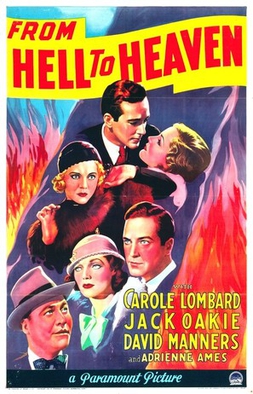
From Hell to Heaven is a 1933 American pre-Code drama film. It was directed by Erle C. Kenton, and features an ensemble cast including Carole Lombard, Jack Oakie, Adrienne Ames and Sidney Blackmer. It was adapted from the stage play by Lawrence Hazard.
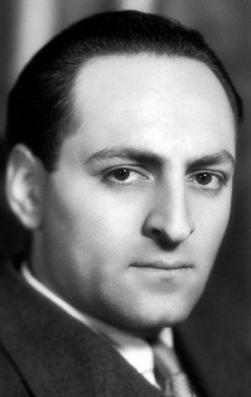
Marion Gering was a Russian-born American stage producer and director. He moved to the United States in 1923 as an artist. He became involved in the theatrical community in Chicago, founding the Chicago Play Producing Company.

The Crime Doctor is a 1934 American crime drama directed by John Robertson from a screenplay by Jane Murfin, adapted from the novel The Big Bow Mystery by Israel Zangwill. The film stars Otto Kruger, Karen Morley, and Nils Asther. RKO Radio Pictures produced and distributed the film which was released on April 27, 1934.
When a work's copyright expires, it enters the public domain. The following is a list of works that entered the public domain in 2016. Since laws vary globally, the copyright status of some works are not uniform.
Patrick Kearney was an American playwright.

Clare Kummer was an American composer, lyricist, and playwright.















